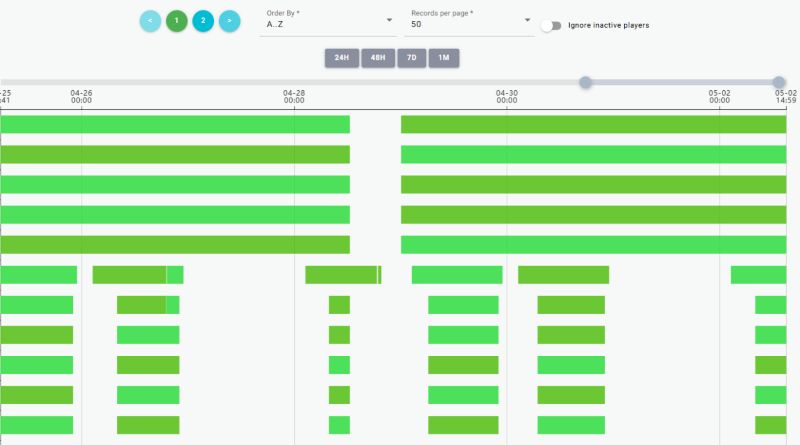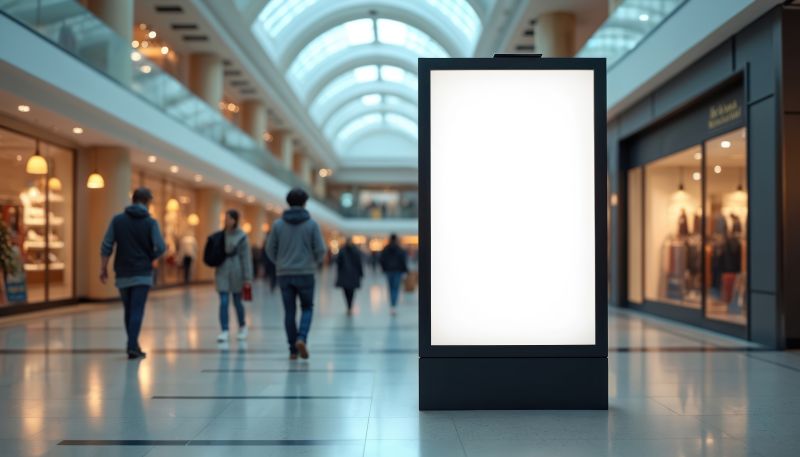Editor’s Note: This story was originally published on May 9, 2025. It has since been updated with additional photos and submission information.
On April 28, large parts of Spain and Portugal experienced a major power outage. Across thousands of locations— retail stores, transportation hubs, restaurants — digital signage screens went dark.
And yet, something important happened once the lights came back on: most systems came back to life without a single call to support.
This wasn’t just good luck. It was the result of engineering for failure — and recovery.
Digital signage is increasingly mission-critical. It informs, promotes, guides and interacts with audiences in real time. But we rarely talk about what happens when something goes wrong — especially something as disruptive as a regional blackout.
Too often, signage platforms are built for ideal conditions. Devices require manual restarts, apps freeze in the background, or content fails to reload after power loss. Recovery becomes a patchwork of technical fixes, pulling attention from frontline teams and creating uncertainty for brand managers and IT teams alike.
We need to shift the mindset: recovery should be built-in, not bolted on.
What Resilience Looks Like in the Field
At nsign.tv, we had a chance to observe real-world system behavior across thousands of media players during the April 28 outage. What we saw confirmed our assumptions about how digital signage should recover.
All deployed platforms — Android, Windows, Linux, Electron, Tizen, WebOs, etc — were configured to restart automatically and resume content playback without requiring any manual action. On Android devices specifically, we ensured that the signage app would return to the foreground after a reboot, even if it had been interrupted or sent to the background.
In cases where the player app crashed, the operating system was instructed to relaunch it immediately. This mechanism prevented many of the typical failure points that can keep screens offline.
Our CMS also played a critical role. It automatically issued alerts when devices went offline, enabling operators to track the recovery process in real time. Despite the regional power issues, the platform’s cloud-native architecture kept the central control layer fully operational — ready to manage reboots, push updates, or handle escalations as needed.
These aren’t advanced features. They’re the digital signage equivalent of seatbelts — basic, necessary and often invisible until they’re needed.
There’s growing interest in performance benchmarks and dazzling UX features in digital signage — but very little conversation around infrastructure resilience. That’s a gap worth addressing.
Power outages, network failures and local crashes aren’t rare events. They’re a fact of life in any real deployment. What separates a robust system from a fragile one is how gracefully it handles these events.
And in many cases, customers will judge the reliability of the brand, not the tech, when the screen stays black.
What the Data Showed Us
Looking at connectivity logs from client networks, we saw a clear pattern: as electricity returned, devices reconnected progressively over time. Green bars filled the timeline, white gaps closed and content playback resumed.

A connectivity report from one of nsign.tv’s clients showing device behavior during the April 28 blackout. Green bars indicate periods of active connectivity, while white gaps represent the outage and subsequent automatic reconnection of each device over time. Courtesy/ nsign.tv
Very few support requests were logged. Most screens or players were back online within minutes — without anyone touching them.
This is the kind of silent resilience that makes digital signage trustworthy.
We often measure digital signage success in terms of content quality, audience engagement, or technical innovation. But there’s another metric worth tracking: recovery speed.
Building systems that bounce back from outages is not just an IT goal. It’s a business imperative — especially in environments where uptime translates directly to sales, satisfaction or safety.
When things go wrong, the best signage platforms don’t just recover. They recover well. And that’s what keeps screens — and trust — alive.
Teresa Rojas is Chief Technology & Product Officer of nsign.tv, where she leads the development of scalable, resilient digital signage solutions. With over 20 years of experience in software engineering and digital transformation, she bridges technology and strategy to deliver reliable, user-focused platforms for retail and commercial environments.





